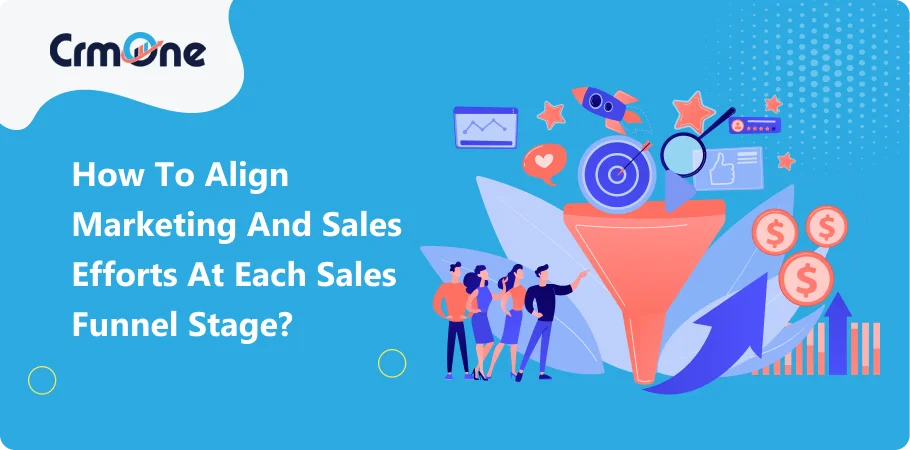What is sales funnel stages?
A sales funnel, also known as a sales pipeline, is a structured approach to guiding potential customers through stages of the buying process, ensuring a smooth transition from awareness to action. It maps out the journey customers take, from becoming aware of a product or service to making a purchase decision.
The sales funnel stages typically include:
- Awareness: This initial stage involves potential customers discovering your product or service through marketing efforts, word-of-mouth, or online searches. Effective marketing strategies and campaigns are crucial here to attract and capture the attention of potential customers.
- Interest: Once aware, potential customers enter the interest stage, where they seek more information and engage with your content or sales team. This stage is pivotal in nurturing leads and demonstrating how your offering meets their needs in the customer journey.
- Decision: During this stage, potential customers evaluate your offering against competitors, consider pricing, features, and benefits. Your sales team plays a crucial role in providing personalized solutions and addressing concerns to guide them towards a purchase decision.
- Action: The final stage is when potential customers take action and commit to a purchase. This could involve making a purchase, signing a contract, or subscribing to a service. A well-optimized sales process ensures a seamless transition from consideration to conversion, creating a successful sales funnel.
Understanding and optimizing these sales funnel stages is essential for businesses aiming to convert potential customers into satisfied customers. By aligning sales team efforts with the customer journey, businesses can effectively guide leads through each stage of the sales funnel, maximizing conversion rates and fostering long-term customer relationships.
Importance of Aligning Marketing and Sales Efforts

Aligning marketing and sales efforts throughout the sales funnel is crucial for several reasons:
- Improved Lead Quality: Collaboration ensures that leads passed from marketing to sales are well-qualified and more likely to convert. Marketing attracts and nurtures leads, while sales focuses on closing deals with informed prospects.
- Optimized Sales Funnel: Integration of strategies and data enables continuous refinement of the sales funnel. Insights from marketing campaigns inform sales strategies, leading to improved conversion rates and shorter sales cycles.
- Utilization of Tools: Tools like CRM systems and sales funnel builder streamline alignment efforts. They provide a structured approach to managing leads and visualizing their progression through the funnel, ensuring consistency across teams.
Strategies for Aligning Efforts at Each Funnel Stage
Awareness Stage
At the awareness stage, potential customers are introduced to your brand or solution. Collaboration between marketing and sales can be enhanced through:
- Targeted Customer Segmentation: Marketing identifies specific demographics and interests to tailor campaigns effectively.
- Sales Follow-up: Sales teams engage with leads generated from marketing efforts, providing additional information and nurturing relationships.
Consideration Stage
In the consideration stage, leads are evaluating options and comparing solutions. Strategies include:
- Educational Content: Marketing provides content like whitepapers and webinars that address customer pain points and showcase the benefits of your offerings.
- Lead Qualification: Sales teams engage with qualified leads, offering personalized solutions and addressing specific needs to move them closer to a decision.
Decision Stage
Here, potential customers are ready to make a purchase decision. Effective strategies involve:
- Personalized Offers: Marketing supports sales with targeted promotions, testimonials, and case studies that build trust and demonstrate value.
- Sales Closure: Sales teams close deals by offering compelling reasons to choose your product or service over competitors.
Action Stage
Finally, in the action stage, leads convert into customers. It’s essential to:
- Ensure Smooth Transition: Clear communication ensures that the handoff from marketing to sales is seamless, minimizing delays and maximizing conversion opportunities.
- Post-Sale Engagement: Marketing continues to engage customers post-purchase, promoting loyalty and encouraging repeat business through personalized follow-ups and support.
Tools and Technologies for Alignment
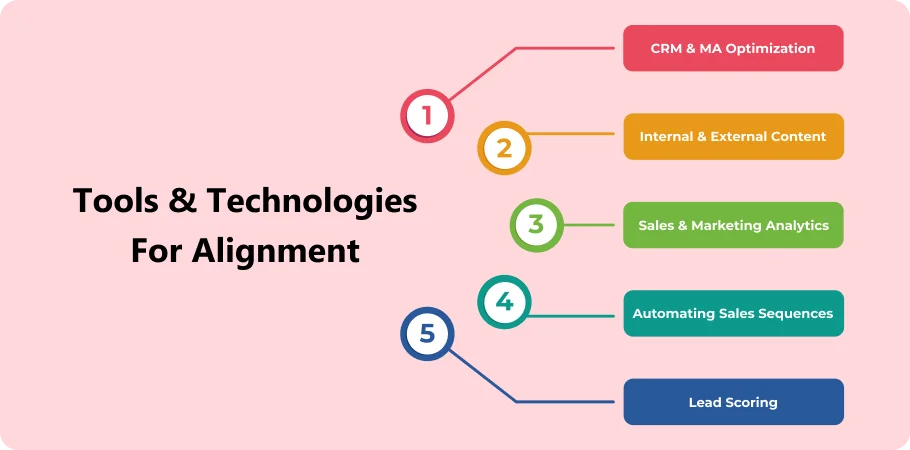
CRM Systems
CRM systems centralize lead management and customer interactions, providing a unified platform for both marketing and sales teams to track and nurture leads effectively.
Marketing Automation Platforms
These platforms automate repetitive tasks such as email campaigns and lead scoring, ensuring consistent and timely communication with leads throughout the funnel.
Analytics and Reporting Tools
Tools for analytics provide insights into funnel performance, helping teams identify strengths, weaknesses, and areas for improvement.
Chatbots and AI-Powered Assistants
These tools enhance customer engagement by providing instant responses to inquiries and guiding leads towards relevant information or actions.
Personalization in Marketing and Sales Alignment
Personalization involves tailoring content and messaging to meet the specific needs and preferences of individual leads. By analyzing customer data and behaviors, teams can deliver targeted communications that resonate throughout the funnel stages.
Metrics for Success
Key metrics to monitor include conversion rates, lead quality, sales cycle length, customer acquisition cost (CAC), customer lifetime value (CLV), pipeline velocity, and customer satisfaction. These metrics provide insights into funnel performance and help teams optimize their strategies accordingly.
Communication Channels Optimization
Effective communication channels, such as regular meetings, shared documents, and collaborative tools, ensure that marketing and sales teams stay aligned and informed throughout the funnel stages.
Lead Qualification Criteria Alignment
Agreeing on clear lead qualification criteria ensures that both teams prioritize leads with the highest potential for conversion. Regular feedback and refinement of these criteria based on real-time data improve the efficiency of the entire funnel.
Customer Feedback Loop
Integrating customer feedback into marketing and sales strategies enhances alignment by providing insights into customer preferences, pain points, and satisfaction levels. This continuous loop allows teams to adapt and improve their approaches to better meet customer needs.
Smooth Lead Transition Practices
Smooth lead transitions are facilitated by establishing clear handoff protocols, maintaining open communication channels, implementing effective nurturing strategies, and refining processes based on feedback and performance metrics.
Sales Enablement Impact
Sales enablement equips sales teams with the tools and resources needed to engage effectively with leads, enhancing alignment with marketing efforts and improving overall funnel performance.
Targeted Campaigns’ Role
Targeted campaigns support sales efforts throughout the funnel by raising awareness, providing information, offering promotions, and nurturing customer relationships to encourage repeat business.
What is the Importance of Aligning Marketing and Sales Efforts Throughout the Sales Funnel?
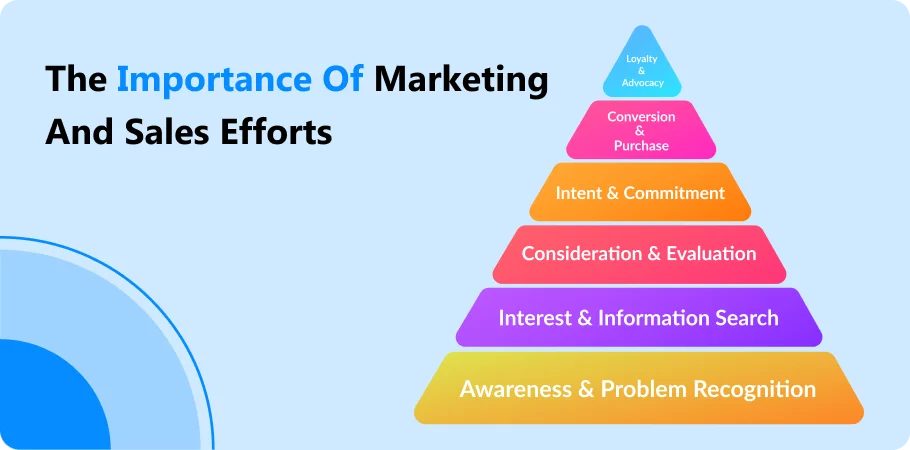
Aligning marketing and sales efforts throughout the sales funnel is crucial for seamless customer journey management and maximizing conversion rates. Here’s why it’s important:
Improved Lead Quality: Collaboration ensures that leads handed over from marketing to sales are well-qualified and more likely to convert into paying customers. Marketing efforts focus on attracting the right audience, while sales teams can prioritize leads based on their readiness to buy, nurturing relationships with both existing customers and new prospects.
Optimized Sales Funnel: By integrating strategies and data across teams, businesses can refine their sales funnels continuously. Insights from marketing campaigns and customer interactions inform sales strategies, allowing for adjustments that improve conversion rates and shorten sales cycles. This iterative process leads to a more effective and efficient sales process.
Utilization of Tools like Free Sales Funnel Template: Businesses can streamline alignment efforts by using tools such as a free sales funnel template. These templates help visualize and manage the sales funnel stages, ensuring all team members are on the same page regarding lead progression and customer engagement strategies.
How Can Marketing and Sales Teams Work Together in the Awareness Stage?

Marketing and sales teams can collaborate effectively to lay a strong foundation for converting prospective customers into paying customers. Here’s how they can work together, incorporating the specified keywords:
Target Customers and Prospective Customers: The marketing team identifies and targets specific target customers through market research and segmentation. By understanding the demographics, interests, and pain points of their audience, they create tailored content and campaigns that resonate with prospective customers.
Sales Reps and Potential Customers: Sales reps play a crucial role in the awareness stage by engaging with potential customers who have shown initial interest through marketing efforts. They follow up on leads generated from campaigns, events, or inbound inquiries, providing additional information and nurturing relationships to move them through the sales funnel.
Marketing Funnel and Sales Funnel Process: The marketing funnel feeds into the sales funnel process by attracting leads and guiding them towards becoming qualified prospects. Marketing activities such as social media ads, content marketing, and SEO contribute to creating awareness and capturing interest, aligning with the stages of the sales funnel model.
Collaboration Between Marketing Team and Sales Reps: Continuous communication and collaboration between the marketing team and sales reps are crucial. Marketing provides valuable insights into the effectiveness of campaigns and the behavior of target customers, while sales reps offer feedback on lead quality and customer interactions.
Sales Funnel Helps in Own Sales Funnel: The sales funnel helps in structuring and optimizing their own sales funnel. By aligning marketing strategies with sales objectives, businesses can streamline the journey from initial contact to conversion, ensuring a cohesive and effective customer experience.
Maximizing Awareness Stage Impact: Together, marketing and sales teams can maximize the impact of the awareness stage by coordinating efforts and leveraging data-driven insights. They can track engagement metrics, analyze customer behavior, and adjust strategies to improve lead generation and conversion rates.
By working collaboratively in the awareness stage, marketing and sales teams can build a solid foundation for attracting and nurturing potential customers, ultimately guiding them through the sales funnel towards becoming loyal paying customers. This integrated approach not only enhances customer acquisition but also strengthens overall business growth and profitability.
What Strategies Help Align Efforts in the Consideration Phase of the Sales Funnel?
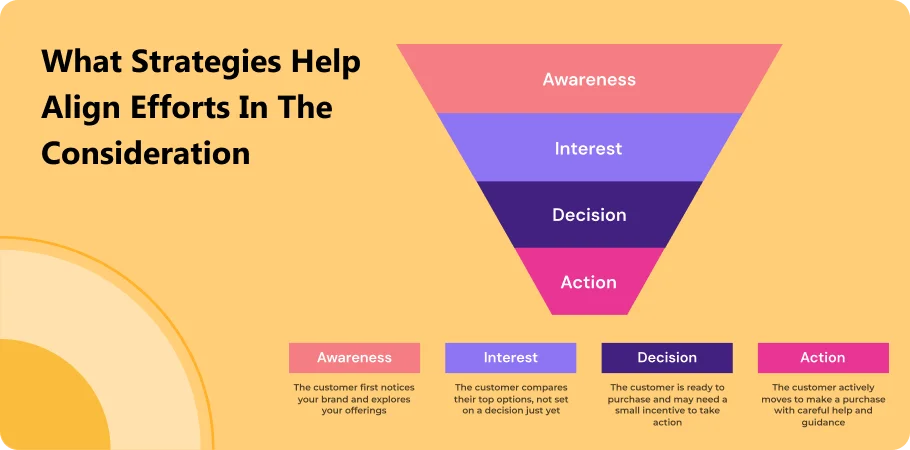
In the consideration phase of the sales funnel, strategies that align marketing and sales efforts are crucial for guiding potential customers towards becoming qualified leads and eventually potential buyers. Here’s how to effectively align efforts:
Creating Content for the Middle of the Funnel: In the consideration phase, potential customers are actively evaluating their options and comparing different solutions. Marketing strategies focus on providing educational content such as whitepapers, case studies, and webinars that address specific pain points and demonstrate the value of the company’s products or services. This content helps nurture leads through the sales funnel, positioning the company as a trusted advisor.
Qualifying Leads for the Sales Process: Sales teams play a pivotal role in the consideration phase by engaging with qualified leads identified through marketing efforts. They follow up on leads that have expressed interest and demonstrated intent to purchase, providing personalized solutions and addressing specific needs. This step is crucial in moving leads further down the well-defined sales funnel towards conversion.
Aligning with the Company’s Sales Model: It’s essential for marketing and sales strategies to align with the company’s sales model. This ensures that every interaction with potential customers is consistent and supports the overarching sales objectives. Clear communication and collaboration between both teams enable seamless transitions from marketing-generated leads to sales-qualified opportunities.
Optimizing the Sales Funnel Process: Continuous optimization of the sales funnel ensures that strategies remain effective in converting leads into customers. Marketing analytics provide insights into content performance and lead behavior, while sales feedback helps refine messaging and tactics to better address the needs of potential buyers in the consideration phase.
Book a CrmOne Demo
Experience the CrmOne simplicity and power. Our experts will show you the best ways to use it and answer your questions in real time. See how CRMOne fits your needs.
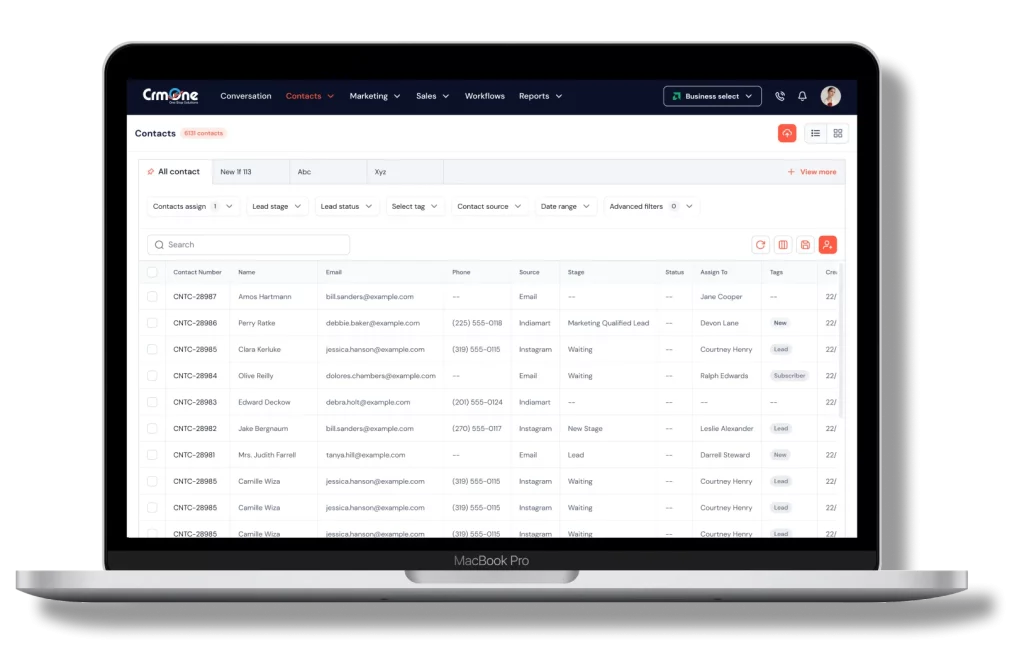
How Does Content Marketing Support Alignment During the Interest Stage?

During the interest stage of the sales funnel, content marketing plays a crucial role in engaging and nurturing potential customers as they move closer to making a purchasing decision. Here’s how content marketing supports alignment works:
Educational and Informative Content: Content marketing in the interest stage focuses on providing valuable information that addresses the needs and interests of potential customers. This includes blog posts, articles, videos, and infographics that educate the audience about industry trends, product benefits, and solutions to common challenges. By offering relevant content, businesses can attract new customers and position themselves as industry experts.
Optimizing for Digital Marketing Channels: Content is distributed across various digital marketing channels such as social media, email newsletters, and Google Search. This multi-channel approach ensures that content reaches funnel potential customers at different touchpoints, increasing visibility and engagement throughout the sales cycle.
Driving Traffic to Landing Pages: Content marketing directs potential customers to dedicated landing pages designed to capture leads and encourage further engagement. These pages are optimized with compelling calls-to-action (CTAs) and forms that prompt visitors to take the next step in the sales funnel. Effective landing pages are crucial in converting interest into actionable leads.
Supporting an Effective Sales Funnel: By aligning content with the stages of the sales funnel work, businesses can guide potential customers through the buying journey. Content addresses specific pain points and objections that arise during the interest stage, nurturing leads and building trust over time. This alignment ensures a seamless transition from awareness to consideration and ultimately to conversion.
Measuring Content Effectiveness: Digital marketing analytics tools track the performance of content initiatives, providing insights into engagement metrics, lead generation, and conversion rates. This data helps marketers optimize strategies and refine content to better meet the needs of funnel potential customers.
What Approaches Facilitate Collaboration for Lead Nurturing in the Decision Phase?
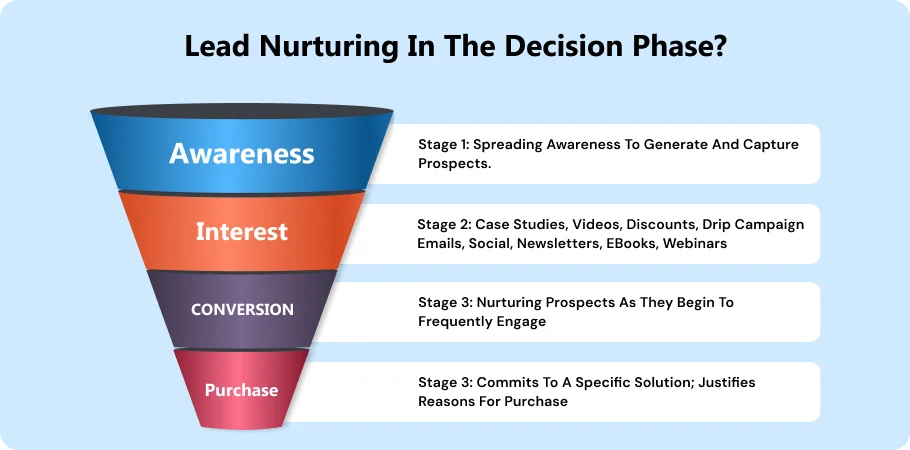
Optimizing Landing Pages and Sales Pages: Landing pages and dedicated sales pages play a vital role in the decision phase. These pages are optimized with compelling offers, testimonials from happy customers, and clear calls-to-action (CTAs) that guide future prospects towards making a purchase decision. Effective design and messaging here can significantly impact conversion rates.
Utilizing Social Media and Online Courses: Social media posts and online courses are valuable tools for nurturing leads in the decision phase. Social media platforms allow for targeted messaging and engagement with loyal customers and future prospects, while online courses provide educational content that positions the brand as an industry authority and helps save money by addressing customer pain points directly.
Personalized Marketing Messages: Personalization is key in lead nurturing. Marketing automation tools can be used to send personalized emails and messages based on lead behavior and interests. This approach keeps leads engaged and informed as they move towards the bottom of the funnel.
How Can Tools and Technologies Enhance Alignment in the Purchase Stage?

Here’s how various tools and technologies can facilitate this alignment:
- CRM Systems: CRM systems are essential for managing potential customer interactions throughout the sales funnel. They provide a centralized platform for tracking leads, nurturing relationships, and managing sales activities from the middle of the funnel through to the bottom of the funnel. CRM systems enable sales teams to maintain a detailed record of customer interactions, ensuring continuity and personalized engagement.
- Marketing Automation Platforms: Marketing automation platforms streamline lead nurturing and engagement efforts. These tools automate repetitive tasks such as email campaigns, lead scoring, and segmentation based on target audience behaviors. By delivering personalized content at scale, marketing teams can guide target customers through the sales funnel important, ensuring consistent messaging and timely follow-ups.
- Analytics and Reporting Tools: Tools for analytics and reporting provide valuable insights into sales funnel performance and effectiveness. Marketing and sales teams can analyze conversion rates, lead quality, and customer behavior to optimize strategies. These insights help identify strengths and weaknesses in the sales process, allowing teams to adjust tactics and allocate resources more effectively.
- Chatbots and AI-Powered Assistants: Chatbots and AI-powered assistants enhance customer engagement during the purchase stage. They provide instant responses to customer inquiries, qualify leads based on predefined criteria, and guide prospects towards relevant landing pages or bottom of the funnel offers. By offering real-time assistance, these tools improve user experience and increase conversion rates.
- Integration and Collaboration: Tools that facilitate integration between marketing and sales teams promote seamless collaboration. Shared access to customer data, campaign insights, and performance metrics enables both teams to align their efforts towards achieving sales funnel goals and driving revenue growth.
What Role Does Personalization Play in Marketing and Sales Alignment?
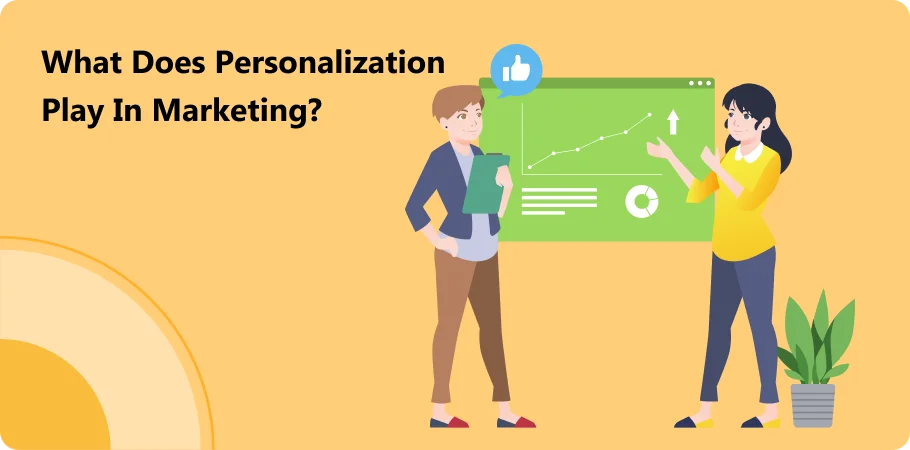
Personalization plays a crucial role in aligning marketing and sales efforts. It allows teams to deliver tailored content and messaging that resonate with target customers throughout different stages of the sales funnel. By analyzing customer profiles and contact data, marketers can craft personalized experiences, optimizing landing pages and engagement strategies.
This approach nurtures new leads effectively, guiding them through the sales funnel stages with relevant information. Real-life examples and testimonials enhance credibility, demonstrating value to modern buyers and encouraging conversions. Continuous feedback loops ensure ongoing engagement, adapting strategies to meet target customer’s needs and preferences.
This approach not only improves sales alignment and campaign effectiveness but also fosters stronger relationships with potential customers, ultimately driving growth and customer’s satisfaction.
Which Metrics Should Marketing and Sales Teams Monitor for Success?

Conversion Rates: Tracking the percentage of potential customers who move from one stage of the sales funnel to the next.
Lead Quality: Evaluating the quality of leads generated to attract modern buyers with higher potential to convert.
Sales Cycle Length: Monitoring the average time it takes to convert prospects into paying customers.
Customer Acquisition Cost (CAC): Calculating the cost incurred to acquire each customer.
Customer Lifetime Value (CLV): Assessing the long-term profitability of acquired customers.
Pipeline Velocity: Monitoring how quickly leads move through the sales funnel stages.
Feedback and Customer’s Satisfaction: Gathering feedback and measuring customer’s satisfaction metrics.
How Can Communication Channels Be Optimized to Support Alignment Across Funnel Stages?

Effective communication channels are essential for aligning marketing and sales funnel stages. Key strategies include:
Clear Protocols: Establish how-to guides for communication to ensure consistency across sales stages.
Educational Resources: Provide product demos and how-to guides at the top of the funnel to educate prospects about solutions.
Structured Messaging: Develop a basic structure for communication to maintain consistency in conveying key messages.
Feedback Mechanisms: Use closed-loop communication to learn from closed lost deals and refine strategies.
Personalized Engagement: Tailor outreach with personalized emails and content to meet target audience needs.
Interactive Presentations: Incorporate product demo in sales discussions to showcase capabilities effectively.
What Are Effective Methods for Aligning Lead Qualification Criteria Between Teams?
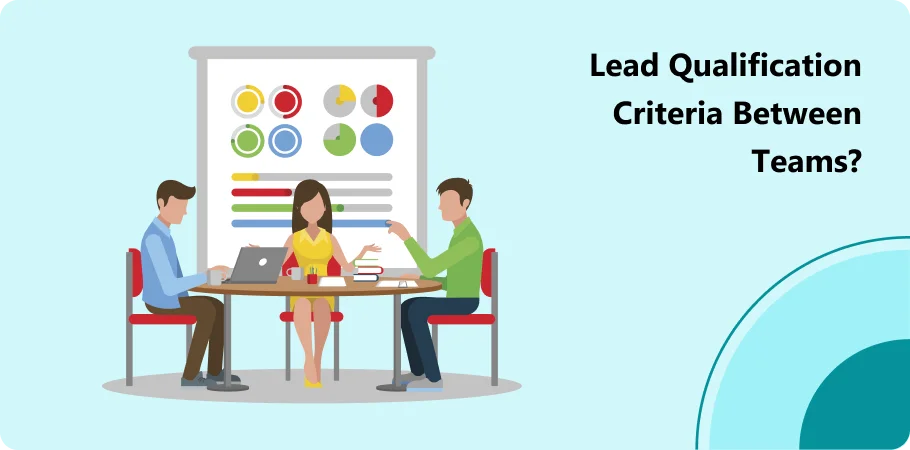
Feedback Integration:
Learning from closed lost deals refines qualification criteria and improves sales funnels.
Continuous Refinement:
Regularly updating lead qualification based on stages of a sales ensures relevance.
Technology Utilization:
Using CRM systems automates lead scoring and enhances customer profile management.
Customer feedback loops significantly strengthen alignment between marketing and sale teams across sales funnels. Insights from potential customer on landing page and interactions help understand target customer and modern buyer. Learning from closed lost deal refines sale funnel stages, enhancing campaign effectiveness over the next few weeks. This iterative process ensures consistent messaging and improves customer experience, ultimately boosting conversion rates and driving business growth.
What Practices Ensure Smooth Lead Transition from Marketing to Sales?
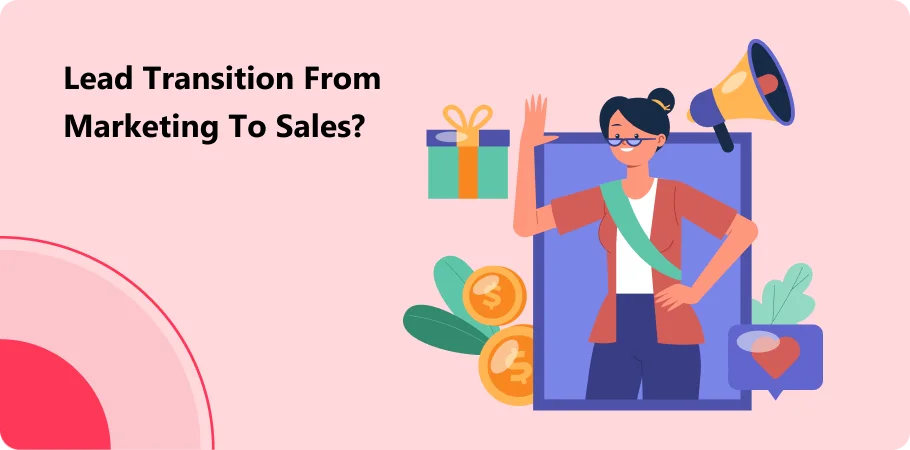
Smooth lead transition from marketing to sales is essential for maximizing conversion rates and ensuring efficiency. Key practices include:
- Clear Lead Qualification Criteria: Establishing clear criteria ensures marketing and sales teams agree on which leads are ready for handoff.
- Effective Communication: Maintaining open lines of communication between teams ensures seamless transfer of lead information and context.
- Lead Nurturing Strategies: Implementing effective nurturing strategies helps to warm leads before they reach the sales team, increasing their readiness to engage.
- Defined Processes: Having well-defined processes for lead handoff and follow-up ensures no leads fall through the cracks.
- Feedback Loops: Establishing feedback loops helps refine lead qualification criteria and improve the overall transition process over time.
How Can Marketing and Sales Departments Collaborate to Improve Lead Scoring?

Marketing and sales departments can achieve significant improvements in lead scoring through collaborative efforts. By establishing a shared understanding of the ideal customer profile, both teams align their efforts to target leads more effectively. Regular communication and feedback loops allow for the exchange of valuable insights into lead behavior and interactions, enabling adjustments to scoring criteria based on real-time data.
Integrated data analysis from marketing automation and CRM systems provides a comprehensive view of lead engagement, facilitating informed decisions in refining scoring models. Joint review sessions ensure that scoring criteria remain relevant and responsive to changing market dynamics and business objectives.
This iterative approach to optimization enables both departments to focus resources on leads with the highest potential for conversion, ultimately enhancing overall efficiency and driving improved business outcomes.
What is the Impact of Sales Enablement on Aligning Marketing and Sales Efforts?
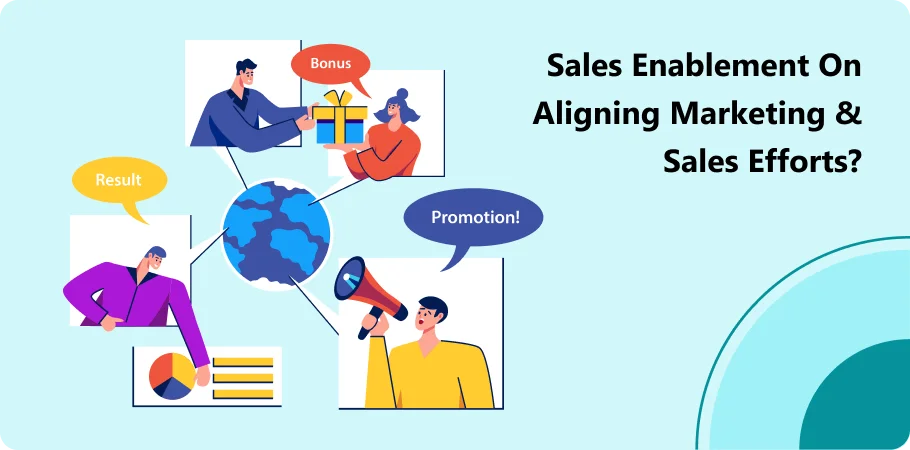
Sales enablement significantly enhances the alignment between marketing and sales efforts. It provides sales teams with the tools, resources, and information needed to engage effectively with prospects. By ensuring that sales teams have access to relevant content, insights, and training, sales enablement bridges gaps between marketing and sales.
How Can Targeted Campaigns from Marketing Support Sales Throughout the Funnel?

Awareness Stage: Marketing campaigns raise awareness about the brand and its offerings through ads, social media posts, and content marketing. This helps attract potential customers who might not have heard of the company before.
Consideration Stage: At this stage, targeted campaigns provide valuable information that addresses potential customers’ needs and concerns. This can include blog posts, webinars, and email newsletters that highlight product benefits and solutions.
Decision Stage: Marketing supports sales by offering targeted promotions, testimonials, case studies, and free trials or demos. These efforts help build trust and persuade prospects to choose their product or service.
Retention Stage: After a purchase, marketing campaigns focus on customer satisfaction and loyalty through personalized follow-ups, special offers, and educational content to ensure customers continue to engage with the brand.
Conclusion
Based on the comprehensive understanding of sales funnel stages and the importance of aligning marketing and sales efforts throughout these stages, CrmOne can significantly enhance this alignment. By leveraging features, such as integrated lead management, real-time analytics, and automated workflows, businesses can streamline communication between marketing and sales teams.
This ensures smoother lead transitions, optimized lead scoring, and targeted campaigns that effectively guide potential customers through each stage of the sales funnel. With CRMOne, organizations can foster collaboration, improve conversion rates, and ultimately drive sustainable growth by aligning marketing and sales efforts seamlessly across the entire customer journey.
Get started for Free
Start for free today. Boost your sales by clicking the Get Started button. With CrmOne, you can manage leads, sales, and customer service all in one place.
